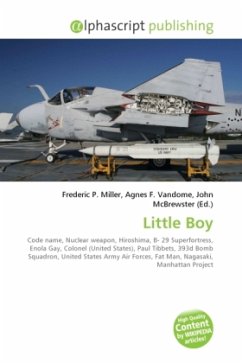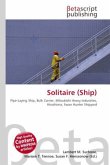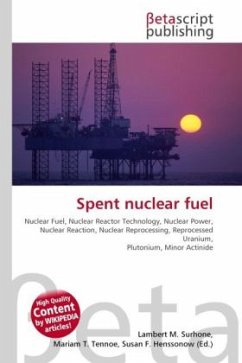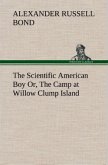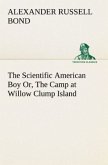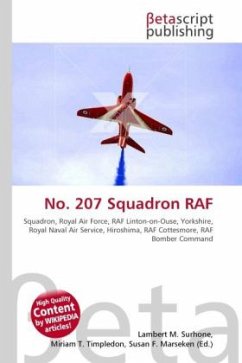Little Boy was the codename of the atomic bomb dropped on Hiroshima on August 6, 1945 by the B-29 Superfortress Enola Gay, piloted by Colonel Paul Tibbets of the 393d Bombardment Squadron, Heavy, of the United States Army Air Forces. It was the first atomic bomb to be used as a weapon. The second, the " Fat Man", was dropped three days later on Nagasaki.The weapon was developed by the Manhattan Project during World War II. It derived its explosive power from the nuclear fission of uranium 235. The Hiroshima bombing was the second artificial nuclear explosion in history, after the Trinity test, and the first uranium-based detonation. Approximately 600 milligrams of mass were converted into energy. It exploded with a destructive power equivalent to between 13 and 18 kilotons of TNT (54 and 75 TJ) (estimates vary) and killed approximately 140,000 people. Its design was not tested in advance, unlike the more complex plutonium bomb (Fat Man). The available supply of enriched uranium was very small at that time, and it was felt that the simple design of a uranium "gun" type bomb was so sure to work that there was no need to test it at full scale. (Small-scale experiments were used to determine the critical mass and other properties).

